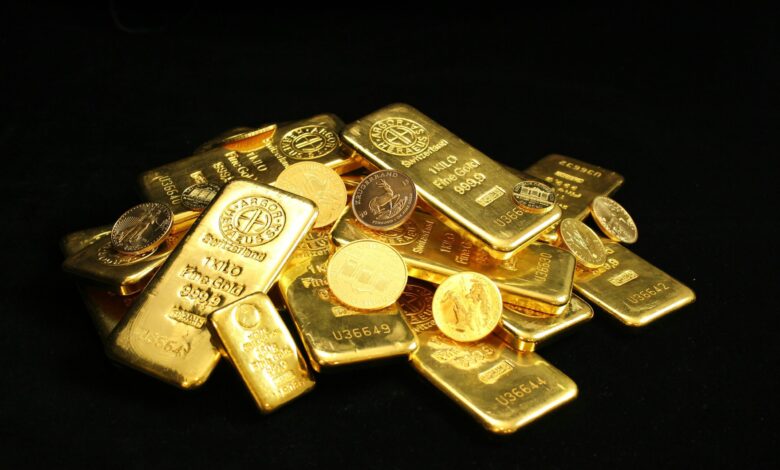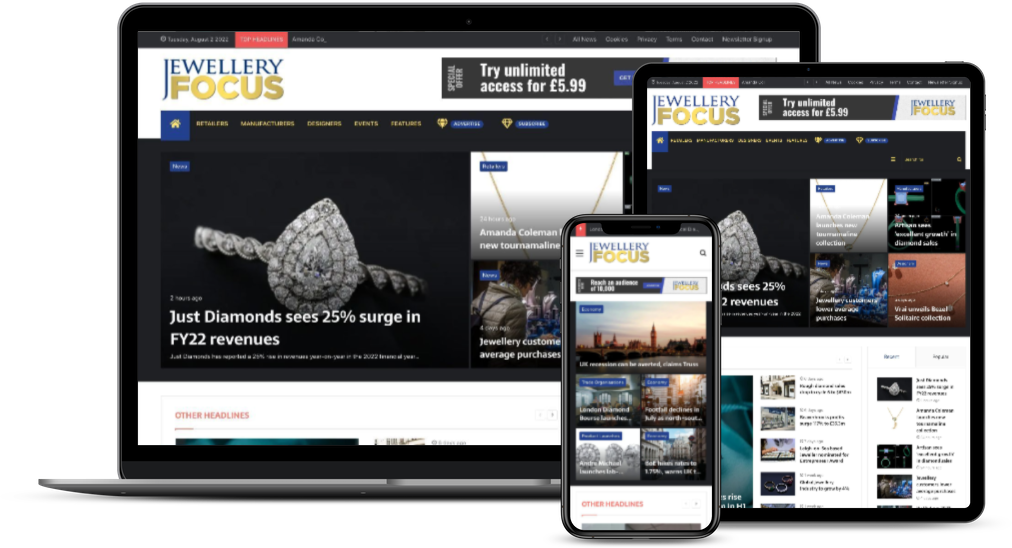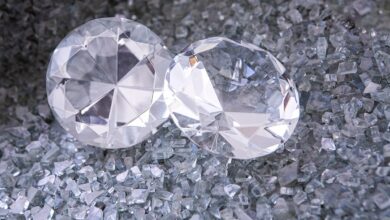Q2 gold jewellery consumption negatively impacted by record price
Sales in both France and the UK were reportedly impacted in June by uncertainty linked to elections

Record gold price took its toll on Q2 jewellery consumption as volumes fell 19% to a four-year low of 391 tonnes, according to the latest World Gold Council’s Gold Demand Trends report.







